Hearthstone's Dungeon Run Is a Fresh and Exciting Addition
December 14, 2017 | 13:00
Companies: #blizzard-entertainment
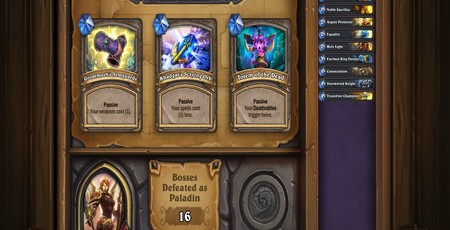
Tucked away inside Hearthstone's latest expansion, Kobolds and Catacombs, is a solo adventure mode called Dungeon Run.
You might not have heard much about Dungeon Run beyond the announcement and some vague details revealed during live-streams, but this mode is unlike anything else that's slipped into Hearthstone throughout the game's history. It's a single-player roguelike dungeon crawling mode, and you could be forgiven for being confused as to how that would fit into Blizzard's competitive card game, but it works.
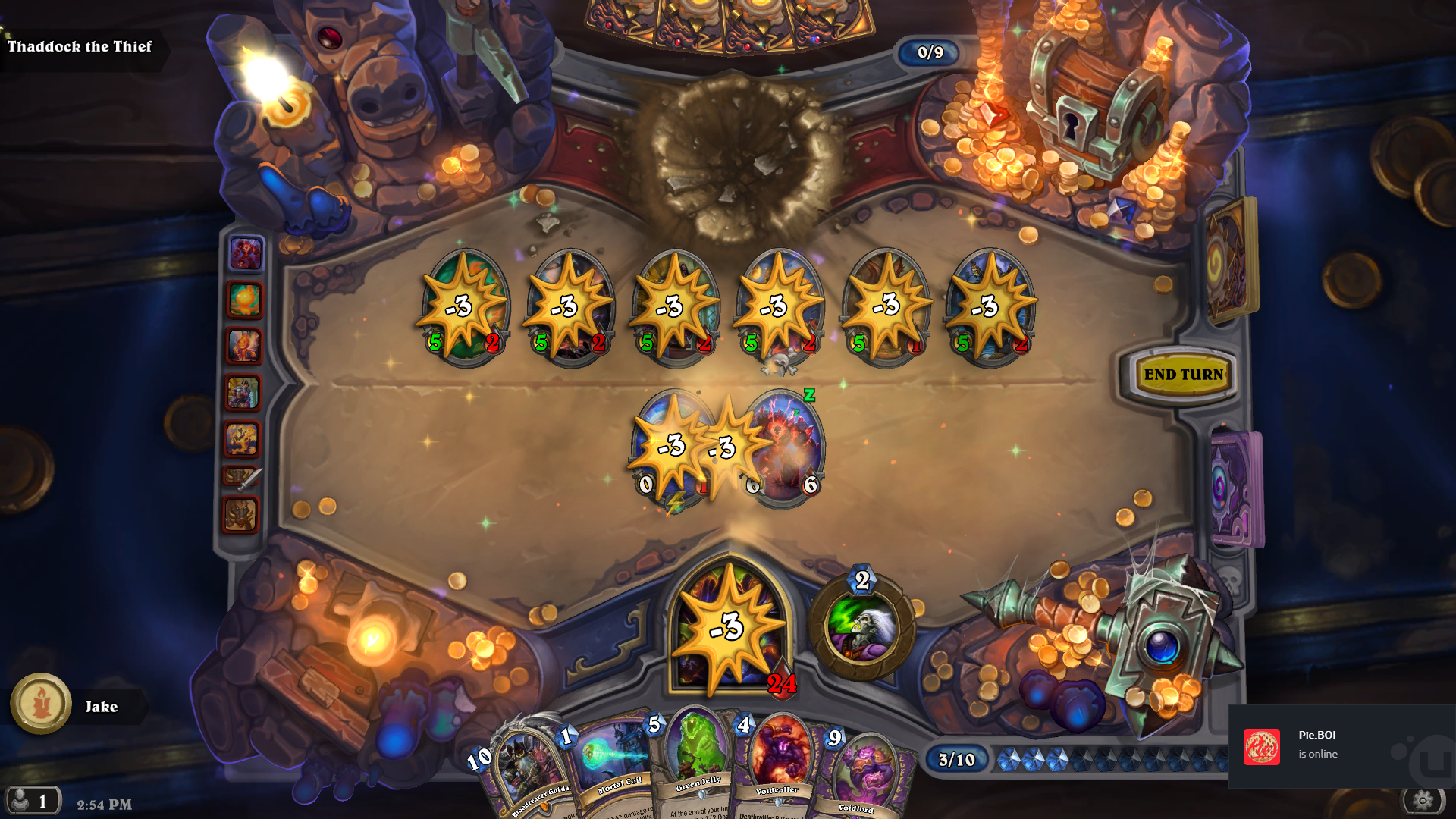
In play, Dungeon Run functions like a deck-building game as you try to defeat eight bosses of increasing difficulty. The game starts by revealing your first opponent, whether that's a Giant Rat or a Dragon Whelp. You decide on a character class and have a small fight as you try to deal 10 damage to the opening boss with just a handful of cards. Take out this opening enemy and you're given the opportunity to pick a treasure and a random bundle of three cards, fitting a variety of archetypes.
By now, picking cards to slot into an archetype should be familiar, and "pick from three options to pull a deck together" will be familiar to anyone who has dug into the game's arena mode. What is less familiar are the incredibly powerful bonuses you'll get every few levels: passive bonuses and one-off cards that can turn the tide against the incredibly powerful bosses you'll face off against. Lose a match and you'll lose your character, dumped back at the start to batter a giant rat again and to build a new character to fall in love with.
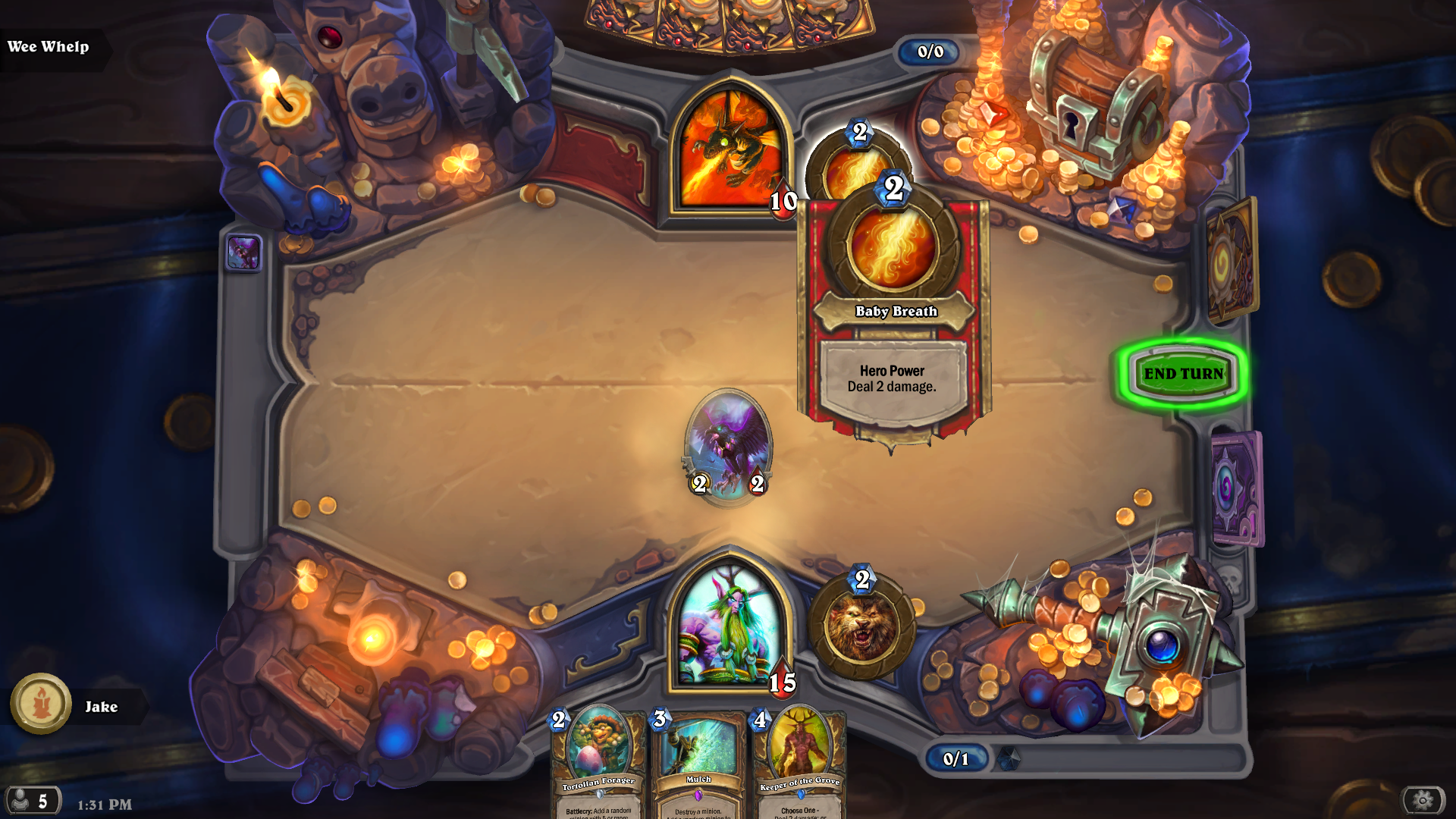
Dungeon Run has 25 bosses that can appear in a variety of different configurations, so the replayability is high, but the biggest draw is in the powerful combinations you can make. After picking a treasure that made every one of my minion's Deathrattle — an effect that triggers when the minion dies — trigger twice, I then earnt the Wax Rager, a minion with a Deathrattle effect of summoning another Wax Rager to take his place. In normal play, this would have the effect of making the Wax Rager respawn every time I killed it. With my passive treasure, though, the Wax Rager was multiplying with every death.
All of the passives are completely overpowered, but situationally so. You can start with an additional mana crystal, make your spells cheaper, or even give every minion +1/+1, powering up their attack and defence. This shapes the flavour of your character before the cards you pick add some depth. Later, you pick incredibly powerful tools to give you an edge: Wish, for example, heals you to full and fills the board with legendary minions, while the Amulet of Domination lets you not just take control of an enemy but also put them in your deck. Permanently.
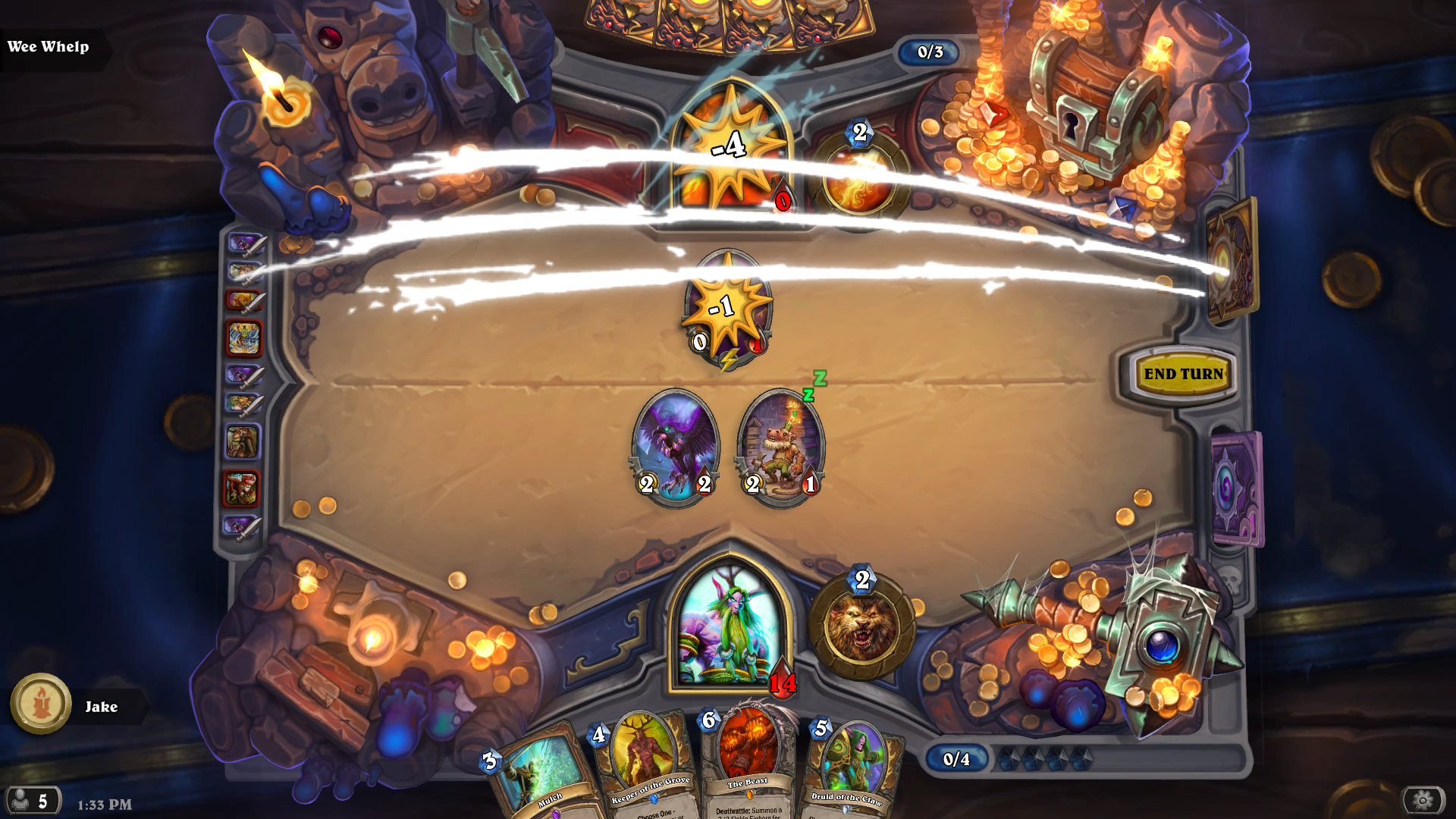
Want something a bit sillier? How about the Rod of Roasting, which casts Pyroblast — a 10 damage spell — randomly until you or the enemy dies. If it's you, you'll still lose your entire deck, so this is a real "break in case of emergency" card for when you absolutely, positively have to kill either you or your opponent.
The Rod of Roasting is one of the better examples of exactly why Dungeon Run works so well. The entire mode is infused with Hearthstone's trademark sense of humour and a long streak of ridiculousness.
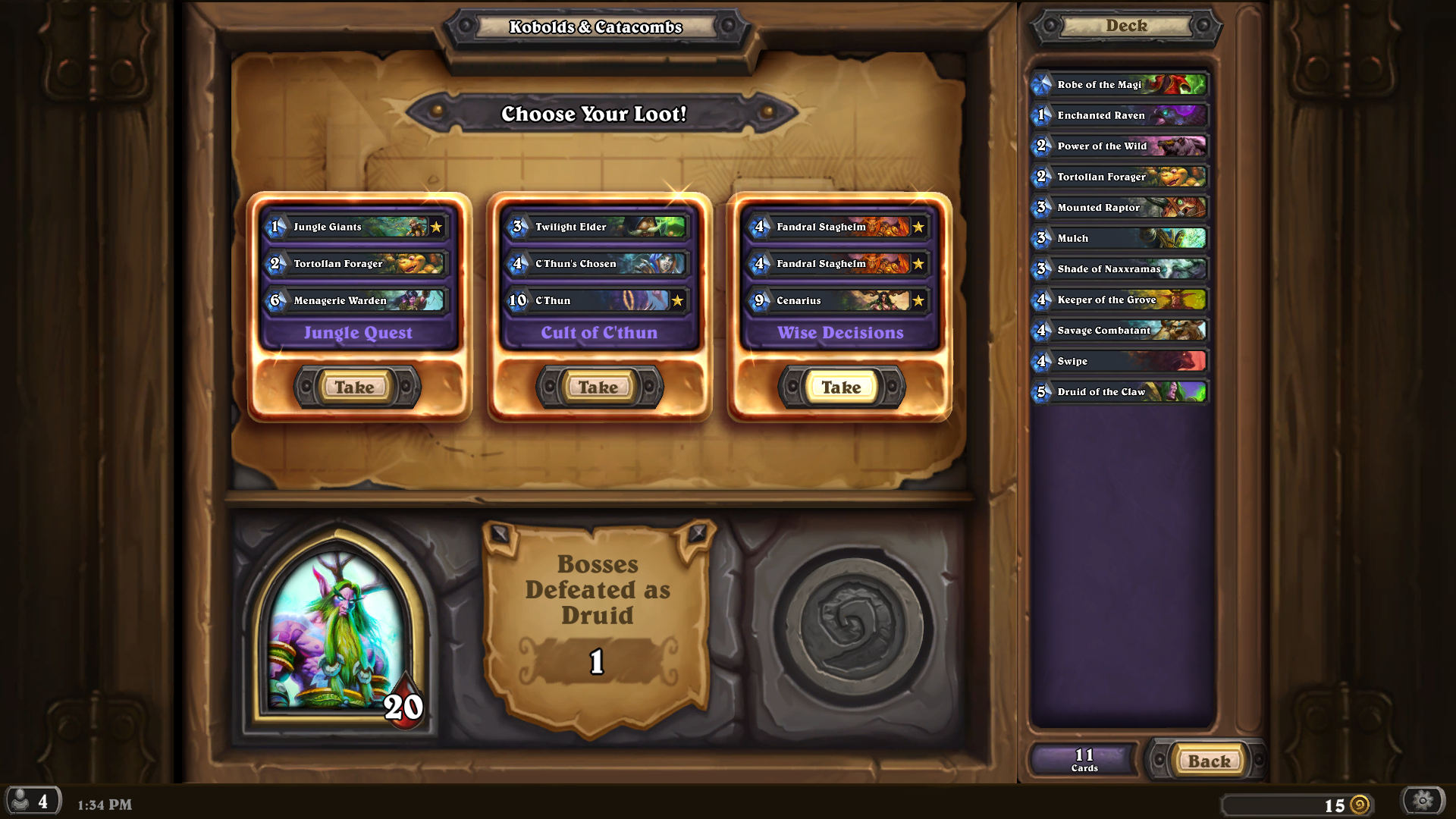
Dungeon Run is silly but engaging. I've been playing it non-stop since Kobolds and Catacombs released, often chatting to friends on Discord or ducking into streams on Twitch to talk about potential builds and ridiculous combinations. Because Dungeon Run is as close to random as Hearthstone could ever be, there's a whirlwind of chaos. Impossible bosses suddenly become very possible when a random draw drops the perfect card in your lap, and a character with perfect synergy can get screwed over by a series of unfortunate choices. It's the way of the game, and while I'm still furious that I nearly won a run — by winning out against eight bosses — only to flummox myself by clicking the wrong card, it's part of the experience.
It's a bizarre distillation of Hearthstone and a good learning experience if you've never played the game before, either. You're frequently shown the moving parts of the game's mechanics, laying complexity on with each boss. I haven't been this excited to play Hearthstone in months, a game I've dropped several hundred pounds on over the last couple of years. If that's not a ringing endorsement for the dungeon-'em-up, what is?
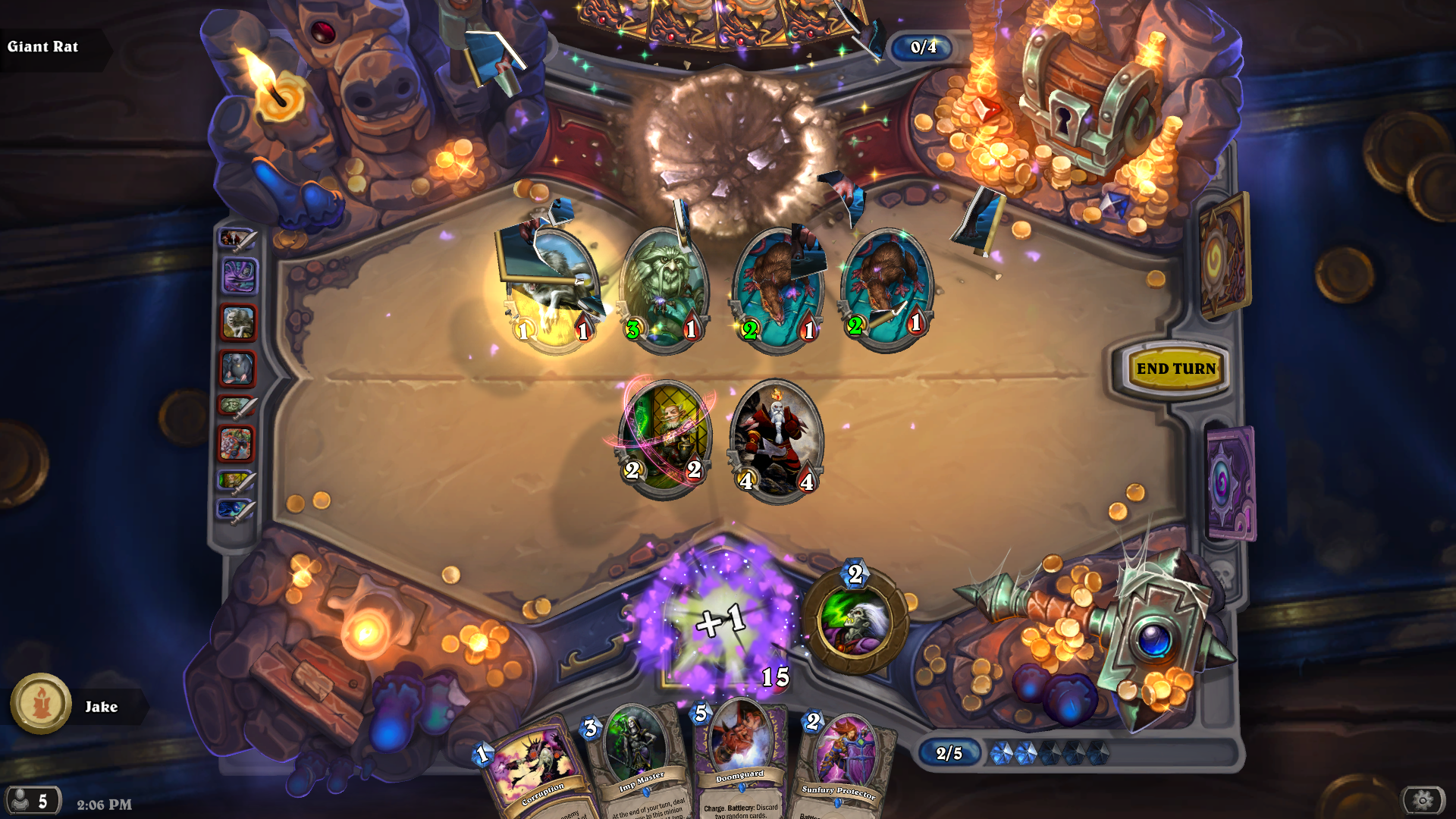
You could view this as the Hearthstone team's take on the battle royale juggernaut that is PUBG. Dungeon Run has a lot in common with the battle royale genre, the way your character grows throughout each run, the way each encounter generates one-of-a-kind stories that you can't help but tell your friends, sending Discord messages or opening a Facebook Messenger window at 3am just to talk about a combo you got.
Hearthstone hasn't made me feel like this for a long time, and the idea that the team might add more to this mode, new bosses or new cards, perhaps a new treasure or passive ability? That's exciting. I want that. A single-player roguelike might be a weird angle for Hearthstone, but it's one that's working out perfectly so far.
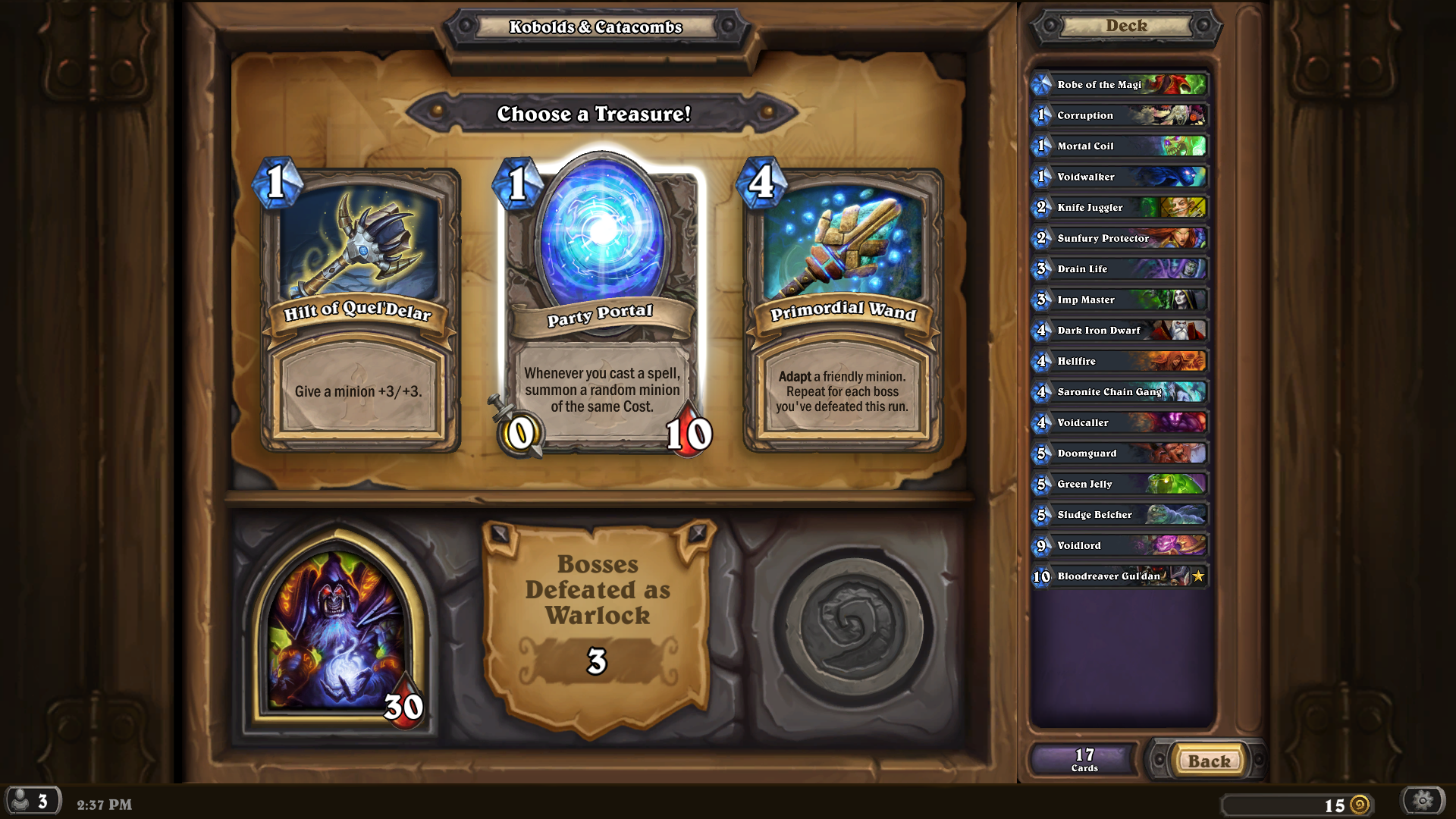
The best part of all this? It's totally free. While Hearthstone's monetisation model leaves a lot to be desired for casual players, Dungeon Run never asks for a penny, designed presumably as a side show. As a result, you can duck into the Battle.net launcher, download Hearthstone, and play Dungeon Run for free without losing any of the experience.
In a December that's a little thin on the ground for new releases, why not try a new part of something old?

MSI MPG Velox 100R Chassis Review
October 14 2021 | 15:04

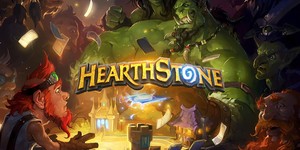







Want to comment? Please log in.